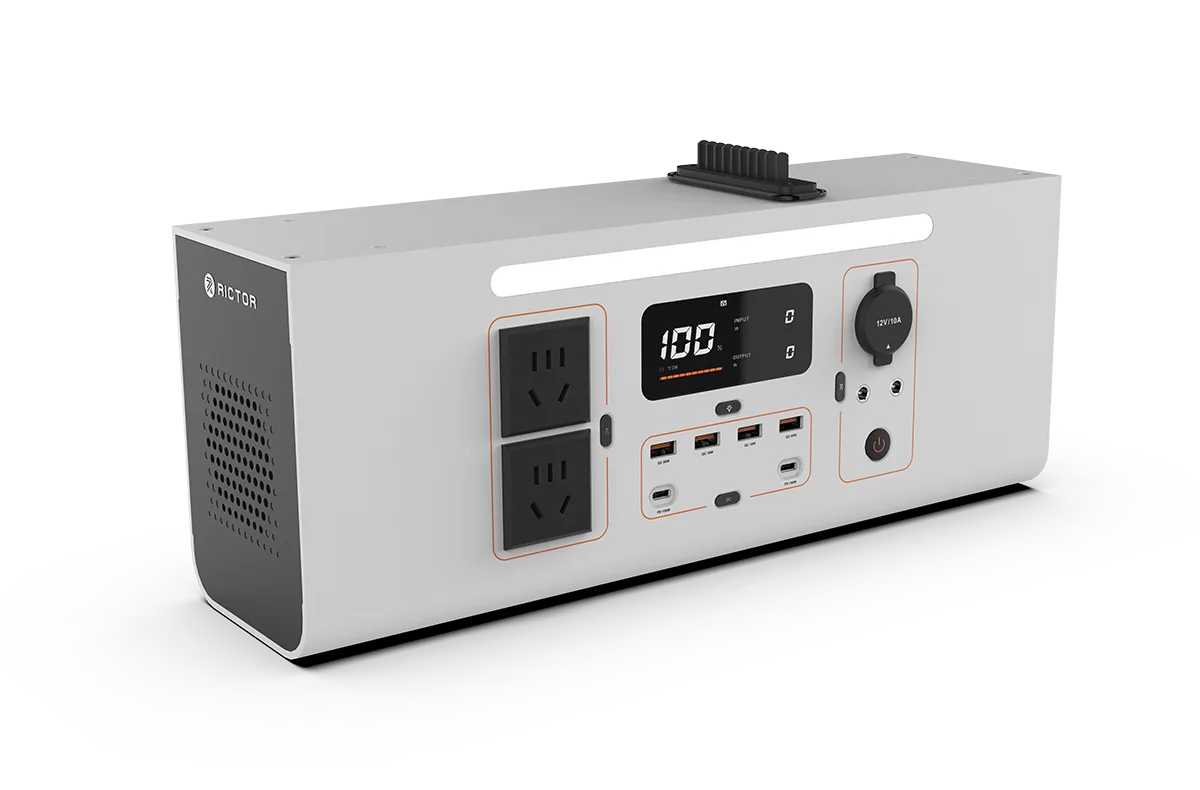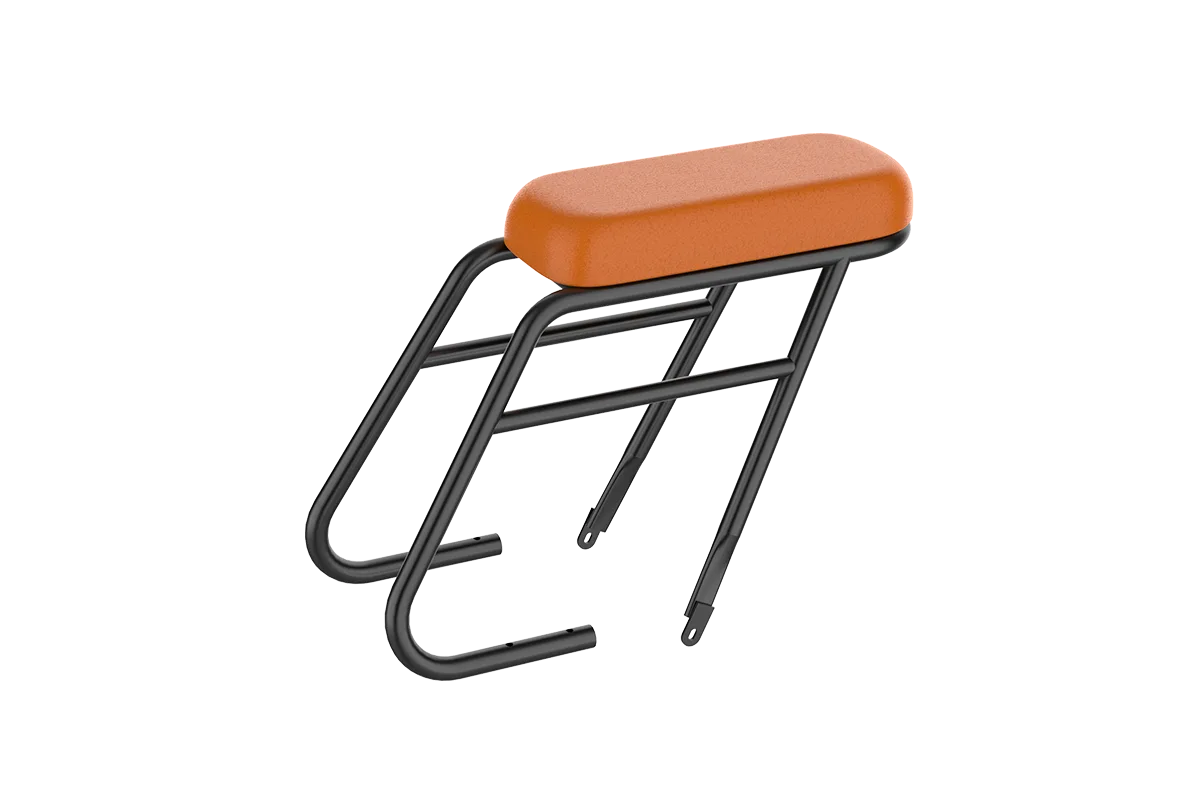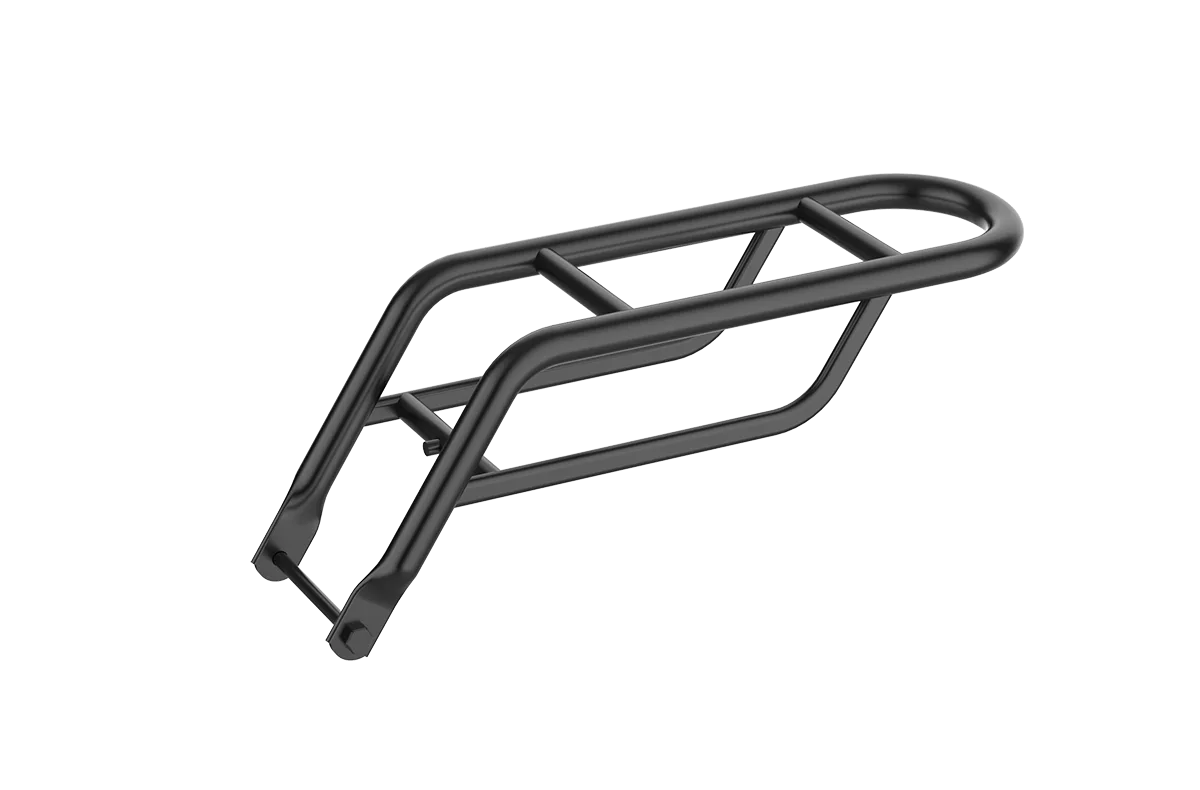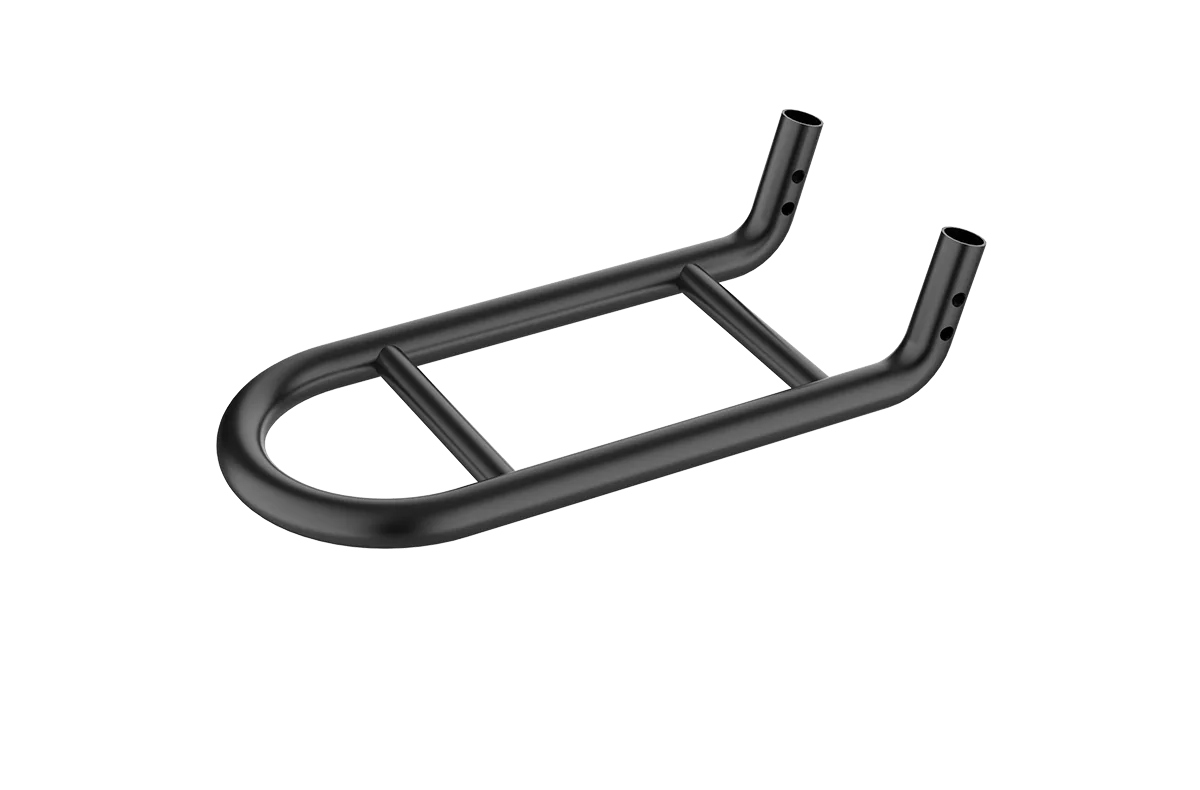Riding an electric bicycle can be an enjoyable and efficient way to travel, but it can also come with some challenges when exposed to wet weather. With the right steps, you can identify the issue and fix it quickly, allowing you to continue your ride in no time.
Check for Water Damage to the Electrical Parts
One of the main causes of an electric bicycle malfunctioning after rain is water damage to its electrical components. While most electric bikes are designed to be water-resistant, heavy rain can still seep into crucial parts, causing problems. The most common areas affected by water are the motor, battery, controller, and wiring.
Battery
The battery is one of the most sensitive components when it comes to water exposure. If water gets into the battery compartment, it can prevent the bike from powering on.
-
Remove the battery: If your electric bike has a removable battery, take it off and check for moisture inside the compartment.
-
Dry the terminals: Use a soft cloth to dry the battery terminals and any other exposed areas. You can also use contact cleaner to help remove any moisture and prevent corrosion.
-
Look for corrosion: Over time, water exposure can lead to corrosion at the battery contacts. If you notice any, clean it off with a soft brush or a specialized cleaner.
Ensure the battery is completely dry before you reattach it. If it still doesn’t work, the battery may need to be replaced.
Motor and Wiring
The motor and its wiring are also vulnerable to water, especially if the motor housing is not sealed correctly. If the motor is wet or has moisture inside, it may fail to function properly.
Check the motor: Inspect the motor housing for any visible signs of water damage or moisture.
Dry the motor: Carefully wipe the motor with a dry cloth to remove any moisture. Pay close attention to motor connectors as they can short out if left wet.
Check for damaged wires: Inspect the wiring for any signs of water exposure or corrosion. Dry the wires thoroughly and check for any loose or damaged connections.
It’s important to ensure that the motor and wiring are dry and intact before attempting to use the bike again. If you're unsure about the condition of the motor, it may be best to consult a professional.
SEE ALSO Better Waterproof Electric Bike Tips

Dry Out Your Electric Bicycle
When your electric bicycle stops working after exposure to rain, drying out the bike thoroughly is a critical next step. Moisture can get trapped in various parts of the bike, leading to electrical failure if not addressed.
Turn Off the Power
Before you start drying out the bike, turn off the power completely. Disconnect the battery to avoid any risk of short circuits while you’re cleaning.
Wipe Down the Bike
Use a clean, dry cloth to wipe off the entire bike. Focus on parts like the motor, battery compartment, and wiring. Ensure you dry any exposed areas where moisture might have gathered. If you have access panels, open them up and dry the insides as well.
Use Low Heat to Help Dry
For a faster drying process, you can use a hair dryer on a low heat setting to help dry out sensitive components like the battery and motor. Hold the dryer at a safe distance to avoid overheating any parts.
Leave the Bike to Dry
After wiping it down and using the hair dryer, leave your electric bicycle in a warm, dry area for several hours. Allow the moisture to evaporate naturally. Avoid direct heat sources such as space heaters, as they could damage sensitive components.
Check the Display for Moisture
Your electric bike’s display is another area that could be affected by water. If the screen appears foggy, shows condensation, or stops working entirely, moisture may have gotten inside the display.
Inspect for condensation: Check for any fogging or moisture inside the display unit. If you notice any, this means water has likely infiltrated the display.
Dry the display: Remove the display from the bike and leave it in a dry place. You can use silica gel packets or place it near a warm air vent to help remove moisture.
Ensure the display is completely dry before you reattach it to the bike.
Look at the Brakes and Wheels
Wet conditions can also affect the brakes and wheels of your electric bicycle. Water and dirt can accumulate on the brake pads, causing them to work less efficiently.
Clean the brake pads: Wet brake pads may not perform well. Clean off any water, mud, or debris from the pads to ensure they are dry and ready to work.
-
Test the brakes: Squeeze the brake levers to check if they respond properly. If the brakes feel unresponsive or weak, they might need further adjustment or cleaning.
Check the wheels: Make sure that the wheels are not obstructed by mud or debris. If there is any build-up in the rims or tires, clean it off to avoid any issues while riding.
Check for Error Codes or Alerts
Many modern electric bicycles feature diagnostic systems that can show you error codes or alerts when something isn’t working properly. If your bike is still not running after drying it out, check the display for any error codes.
Look for error messages: Some electric bikes display simple codes or messages that can tell you exactly what’s wrong with the bike. If it’s related to the battery or motor, the error code should help you identify the problem.
Reset the system: Sometimes, turning the bike off and on can help reset the system and clear minor error codes. If the bike still doesn’t work, consult the user manual for troubleshooting.
Ensure Proper Seals and Maintenance After Wet Rides
To prevent future issues after riding in wet weather, it’s important to maintain the seals on your electric bike. Water can sneak into parts if the seals wear down or become damaged.
Inspect motor housing seals: Regularly check that the motor housing is tightly sealed. If the seals look cracked or worn, replace them to prevent water from entering.
Check the battery compartment: After each wet ride, check the battery compartment to make sure it’s properly sealed. Moisture can quickly find its way inside if the seal isn’t tight.
Apply silicone grease: Using silicone grease on connectors and other vulnerable areas will help prevent water damage and corrosion. This is especially important for parts that may be exposed to wet conditions regularly.
By keeping everything well-maintained and sealed, you can avoid moisture damage in the future.
Find Professional Help If Needed
If you’ve gone through all these steps and your electric bicycle still isn’t working, it may be time to find professional help. Sometimes water exposure can lead to issues that are difficult to fix without the right expertise.
Visit an electric bicycle shop: Take your bike to a local electric bicycle shop where experts can diagnose the issue and perform necessary repairs.
Check the warranty: If your bike is still under warranty, contact the manufacturer for assistance. They may offer a replacement or repair services for water damage.
Conclusion
If your electric bike stops working after getting wet, don't panic. There are plenty of steps you can take to get it back in working order. Start by checking for water damage, drying the bike, and inspecting the battery, motor, and wiring. For a worry free ride, the Rictor K1 is a great waterproof electric bike option.
FAQs
How can I tell if my electric bike’s battery is damaged by water?
If you notice any moisture inside the battery compartment or see corrosion on the terminals, it may be water damage. Dry the area and check the battery’s performance. If it still doesn’t work, you may need to replace it.
Can I continue to ride my electric bike in heavy rain?
答While most electric bikes can handle light rain, riding in heavy rain regularly can lead to water damage. Make sure to check and maintain the seals, and avoid riding in extreme weather when possible.
What should I do if my electric bicycle won’t start after being exposed to rain?
First, dry off the battery, motor, and wires. Check the display for error codes, and make sure everything is sealed properly. If it still doesn’t work, consider taking your bike to a professional for further inspection.
💡 Explore More Here!
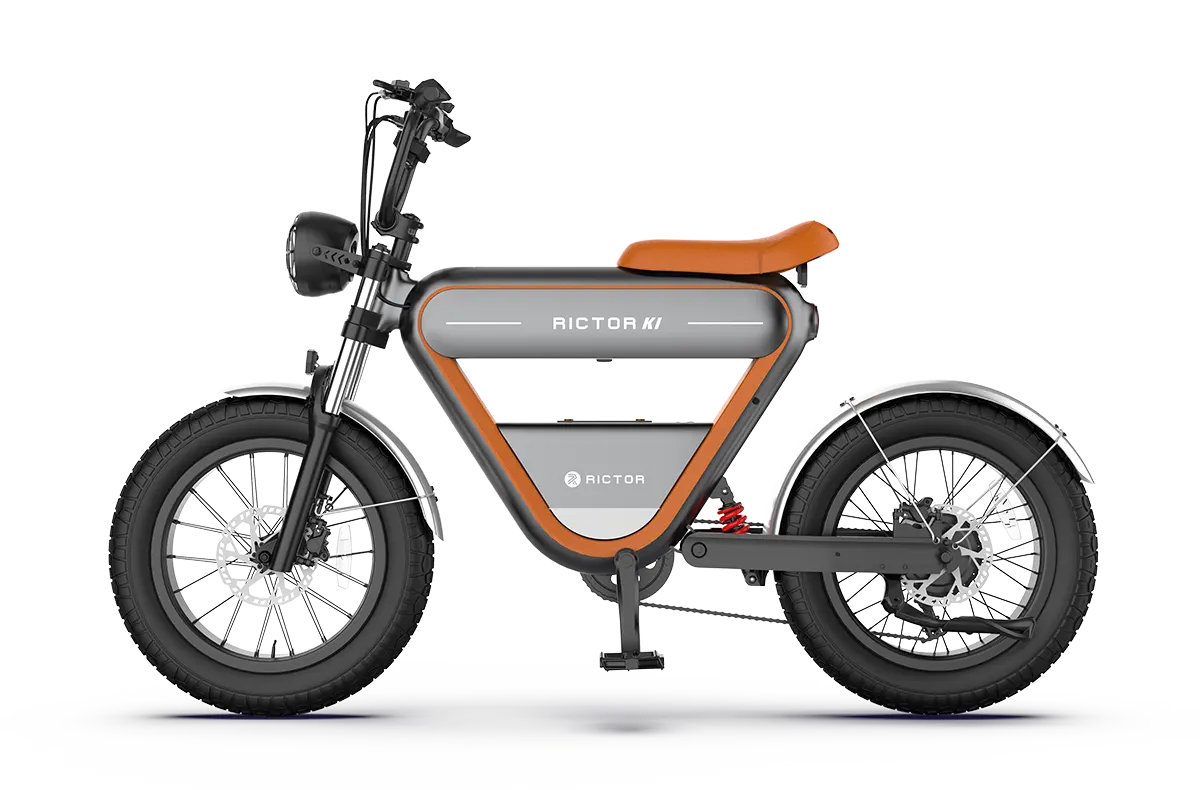
RICTOR K1
$1,699.00 - $1,999.00
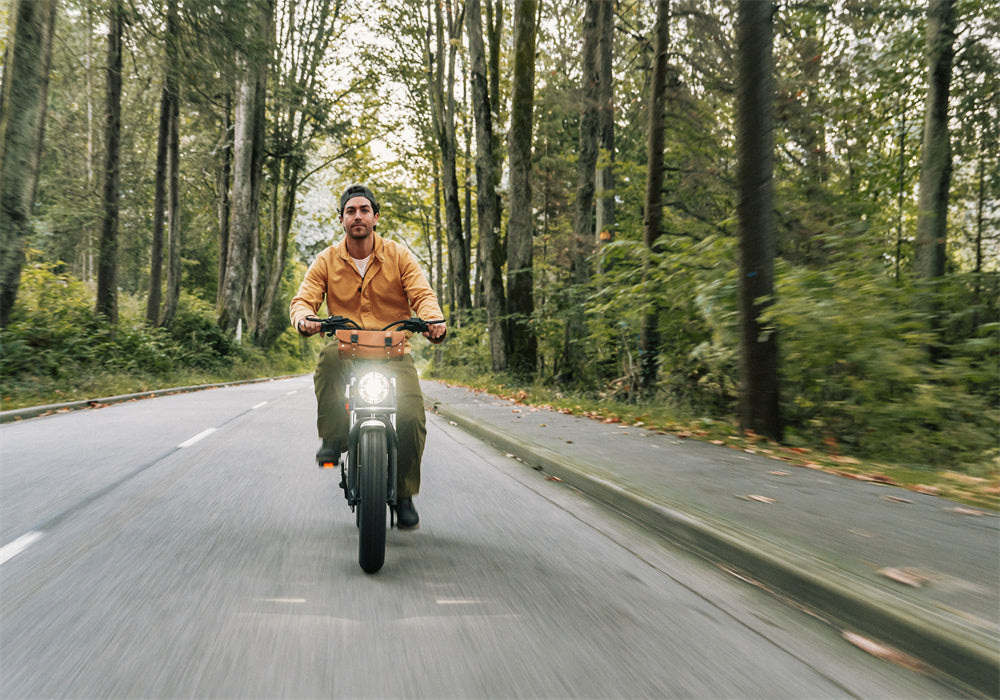
Jun 11, 2025
How Mid-Drive Motors Use E-bike Gears for Cooler, More Efficient Riding
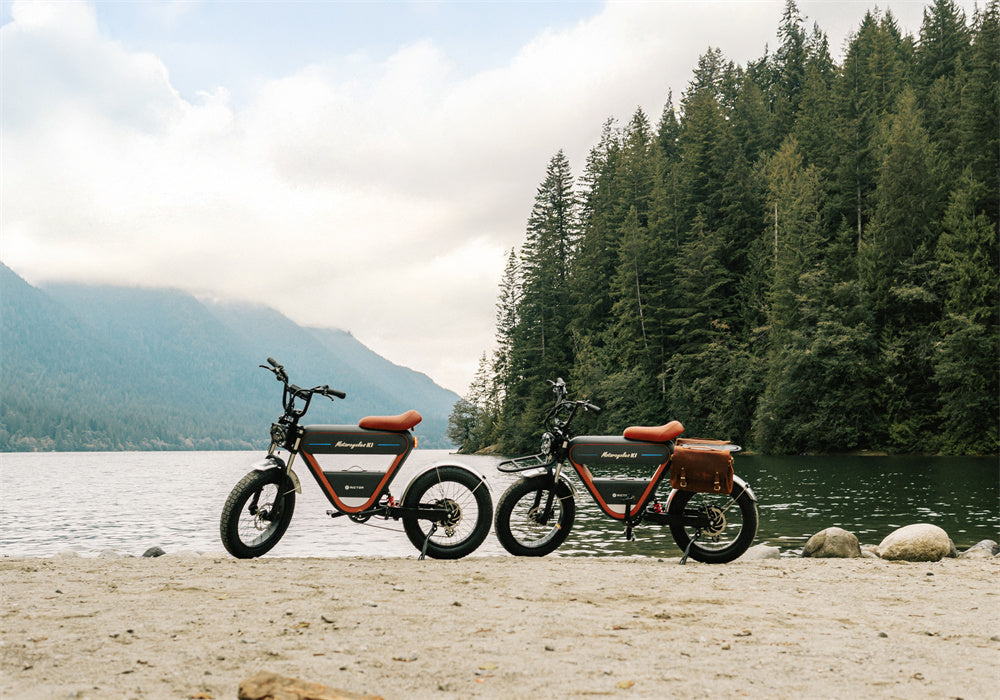
Jun 6, 2025
How to Apply for California's Ebike Incentive
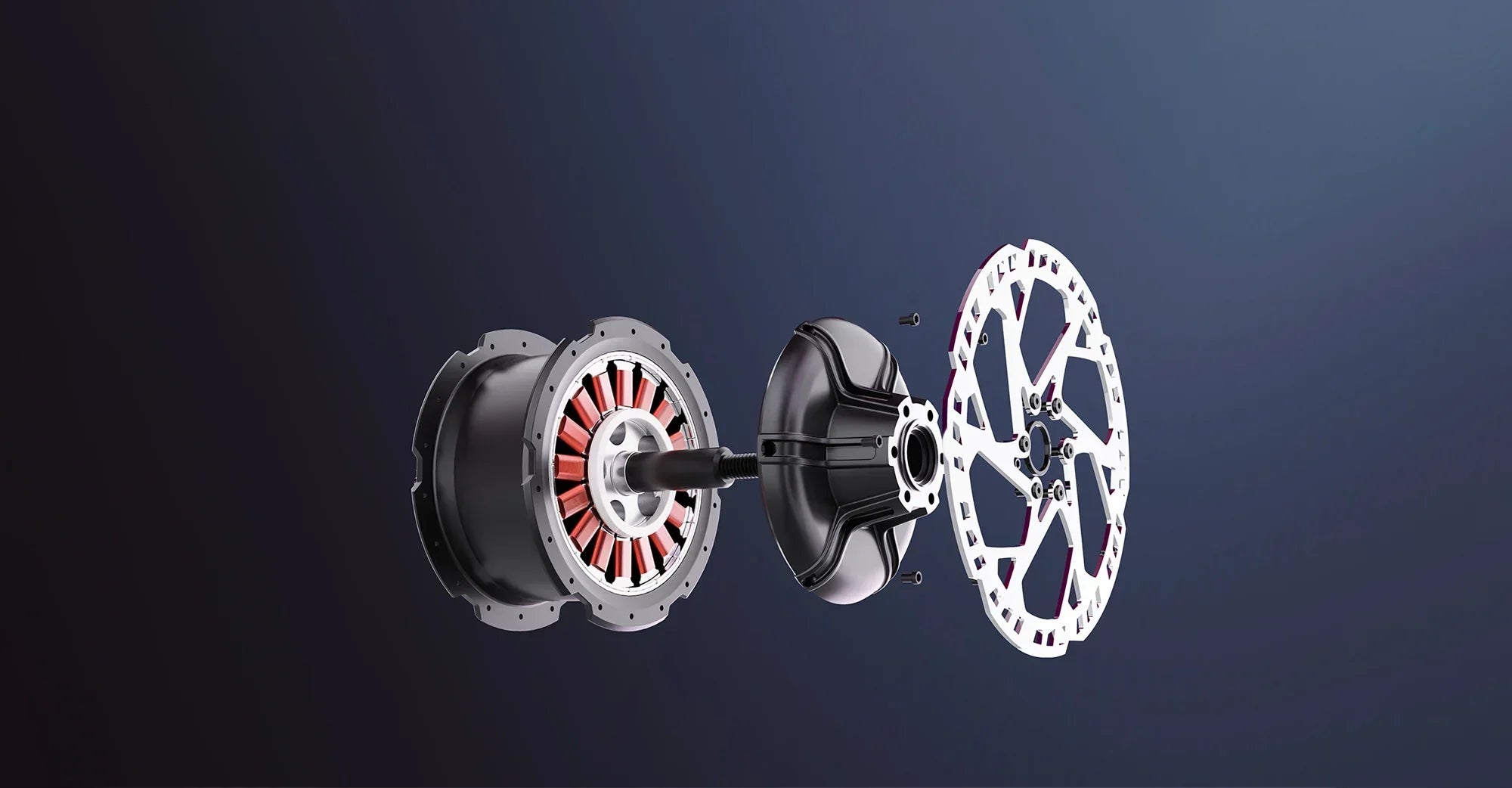
May 30, 2025
E-Bike Motor Stuttering After Overheating? Diagnosing and Fixing Thermal Gremlins
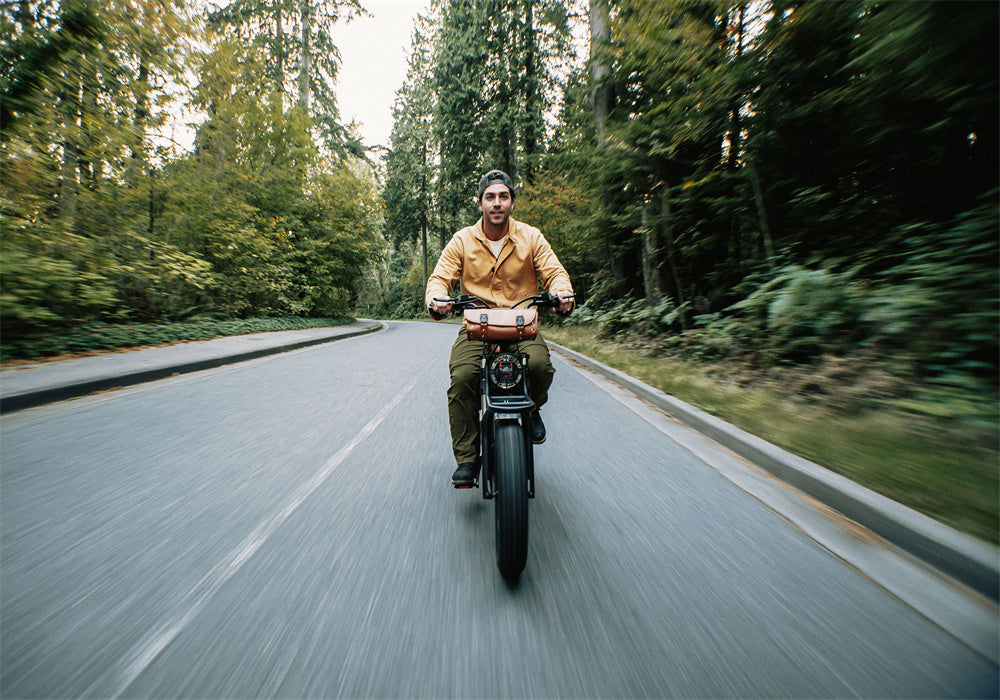
May 29, 2025
Everything You Need to Know About Your Ebike Frame
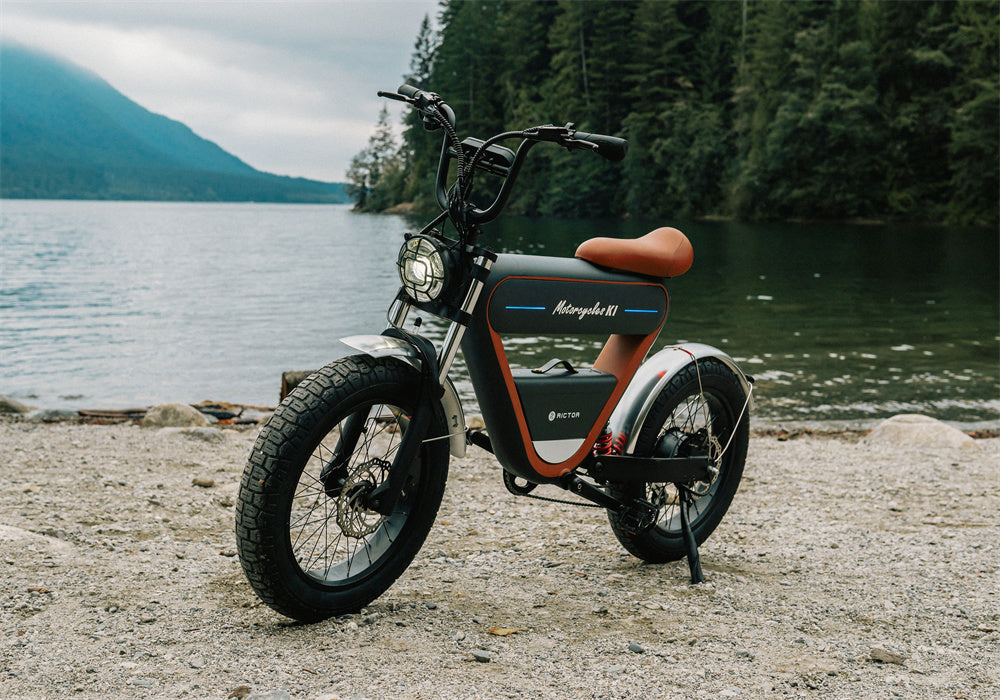
May 28, 2025
Types of E-Bike Sensors: Everything You Need to Know for an Enhanced Ride
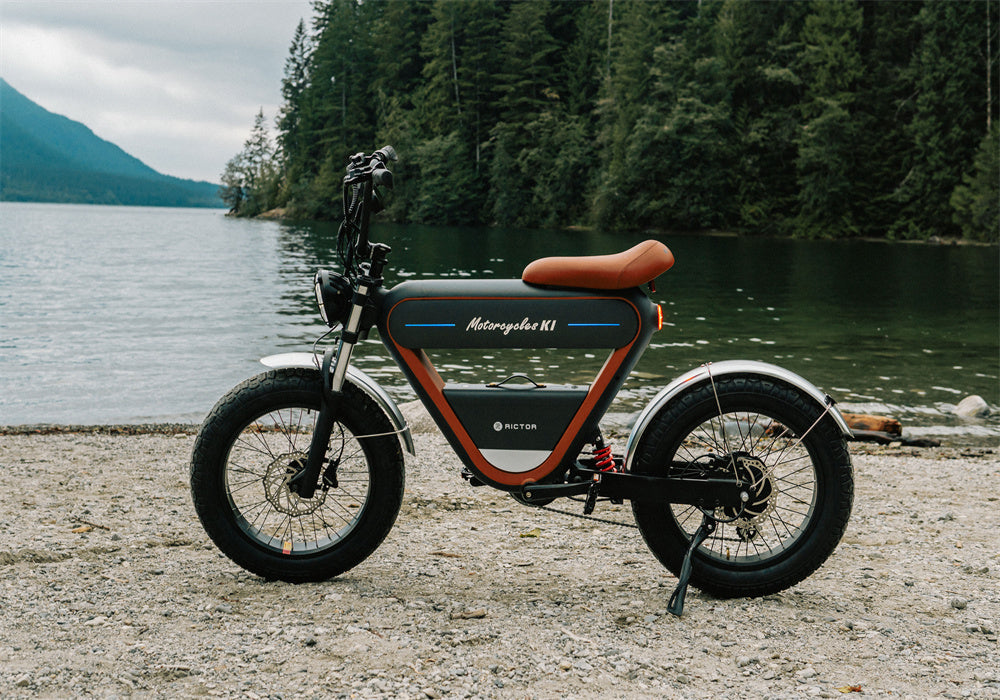
May 26, 2025
